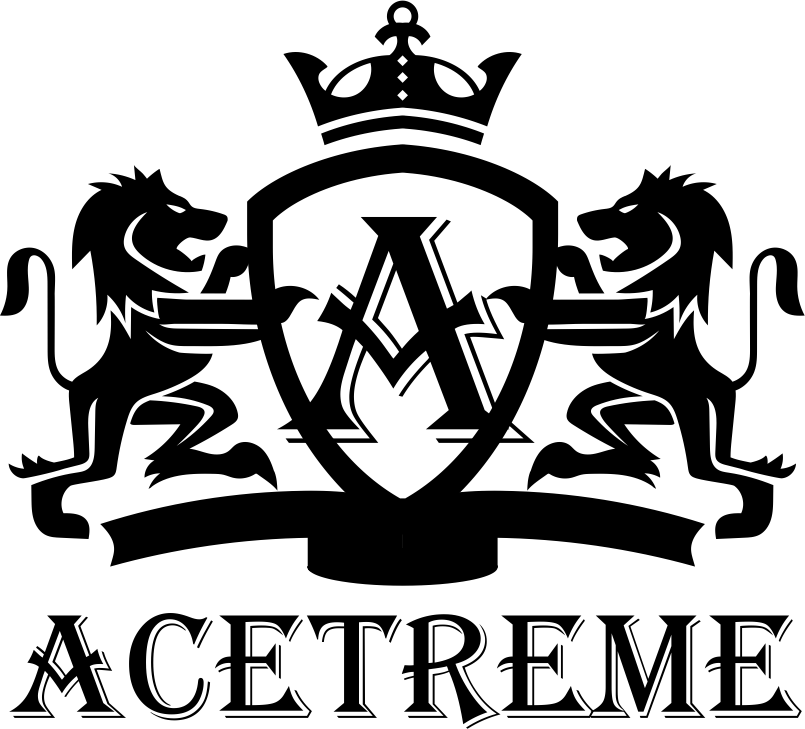About Saffron |
 |
What is Saffron? | Saffron is the dried orange-red stigmas originated from flower call crocus sativus. Each flower contains of only three stigmas and it must be harvested carefully by hand just as flower is opening. |
Where Does Saffron Grown? | Iran ranks first in the world production of saffron, with more than 90% of the world production. Greece, Spain, Morocco and India are also producing saffron in micro scales.Persian saffron (from Iran) is considered the most premium saffron in the world. |
Saffron Taste | Saffron is extremely subtle and fragrant. Saffron has its own unique taste which is slightly sweet, luxurious enigmatic taste. It is hard to describe the taste but instantly recognizable in a dish. As commonly says, you know it when you taste it. |
Why Saffron is So Expensive? | Saffron infamously is consider the most expensive spice in the world with price range of USD$9,000 to $15,000 per Kg.Saffron is consider very high maintenance flower and it blooms only once a year in autumn for two weeks therefore, some people call it as “Autumn Gold”. The entire process of cultivating, harvesting, picking the stigma from inside and packaging must be done by hand. Therefore, the process is extremely labor intensive and thus, expensive. For one kilogram of saffron you need 150,000 blooms. |
Does it Worth The Price? | First of all, if you use saffron as drink or cooking, you will just need few strands to have the color and taste, which it much below even one gram therefore, it won’t be pricey for a cup or dish.Secondly, the taste and benefit of saffron can’t be replace with any other spices. As people say, you never try, you never know |
Different Type of Saffron |
Sargol: Sargol is the top part of the stigma that completely cuts from the posterior stamen and retains only dark red flags. After harvest, the worker carefully removes the red egg yolk before drying. | Bunch: Bunch is considered the entire stigma that has been remove from the bloom, without cutting. Bunch has cheaper price, since most of saffron nutrition and colour is on the red part of the stigma only. |
Pushali: Pushali is type of saffron which the red part of stigma will carefully cut, which adds only a little yellow to the stingray. Negin: Negin saffron is consider cutting the entire red part of saffron without any yellow stigma. | Konj: Bunch is considered the entire stigma that has been remove from the bloom, without cutting. Bunch has cheaper price, since most of saffron nutrition and colour is on the red part of the stigma only. |
 |
*For complete nutrition fact of Saffron, please refer to Acetreme Blog*
| Nutrient | Unit | Value per 100g | 1 tsp = 0.7g |
| Energy | kcal | 310 | 2 |
| Protein | g | 11.43 | 0.08 |
| Carbohydrate, by difference | g | 65.37 | 0.46 |
| Fiber, total dietary | g | 3.9 | 0 |
| Minerals | |||
| Calcium, Ca | mg | 111 | 1 |
| Iron, Fe | mg | 11.1 | 0.08 |
| Magnesium, Mg | mg | 264 | 2 |
| Phosphorus, P | mg | 252 | 2 |
| Potassium, K | mg | 1724 | 12 |
| Sodium, Na | mg | 148 | 1 |
| Zinc, Zn | mg | 1.09 | 0.01 |
| Vitamins | |||
| Vitamin C | mg | 80.8 | 0.6 |
| Vitamin B-6 | mg | 1.01 | 0.007 |
| Folate, DFE | µg | 93 | 1 |
| Vitamin B-12 | µg | 0 | 0 |
| Vitamin A, RAE | µg | 27 | 0 |
| Vitamin A, IU | IU | 530 | 4 |
| Lipids | |||
| Fatty acids, total trans | g | 0 | 0 |
| Cholesterol | mg | 0 | 0 |
*For complete nutrition fact of Saffron, please refer to Acetreme Blog*
